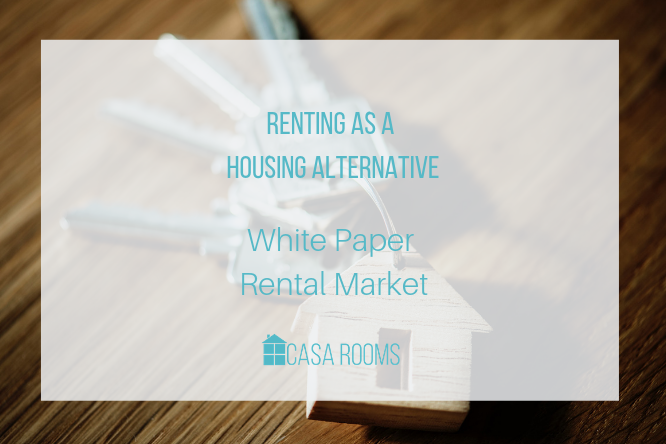Overview of the White Paper “Renting as a housing alternative”
Census data collected in 1948 showed that the rate of home ownership had been 23.1% and, over the years, this trend increased to reach 77% in 2011. The milestone year was 1985, when home ownership was attained by the majority of the population with a rate of 53.9%.
Notwithstanding this ongoing shift from tenancy to home ownership, the Government saw an opportunity to address the current popularity of long-term rentals, through the White Paper “Renting as a housing alternative” (hereinafter referred to as the “White Paper”).
The White Paper makes reference to landlords distrusting the Government regulation of the rental market, as previous methods were characterised by the granting of excessive protection to tenants. Keeping these past circumstances in mind renders a clear perspective of the landlords’ reluctance to accept Government intervention in the sector.
The White Paper quotes the following circumstances as shortcomings following research that had been carried out:
- rental agreements are generally offered from six months to one year (only exceptionally up to two years or, even more rarely, three);
- such agreements do not always foresee the possibility for renewal;
- when such possibility for renewal is offered, the notice period is often too short to enable a tenant to find alternative accommodation in case of an unaffordable increase;
- there is no national register for rental agreements nor a means through which prospective landlords and tenants could inquire into the reported history of their counter party;
- there is no draft contract (template) which ensures legal conformity and promotes the inclusion of inventories;
- there is no specific quasi-judicial body capable of deciding minor issues, such as those relating to repairs, in an expeditious manner;
- there is no Tenancy Deposit Scheme which protects the sums deposited by the tenant with the landlord, and ensures their timely return, if and when they are entitled to it;
- there is no system or guidelines managing Housing in Multiple Occupancy (HMOs) in order to tackle overcrowding and illegal practices;
- there is no entity capable of keeping landlords and tenants properly informed of their respective rights and responsibilities.
The White Paper continually makes reference to the interests of various categories of both tenant and landlords, and how their respective interests can be better mutually aligned. Landlords are seen to be different from the customary financial investor as they seek responsible users of their immovable property as a safeguard of their asset. It is clear that, in most cases, landlords are not exclusively after the maximisation of their profits, but also after reliable tenants who pay rent punctually and utilise the rented premises appropriately.
The White Paper proposes the following lines of action:
- the enactment of a regulatory framework capable of stabilising rents for the medium-term and guaranteeing minimum safeguards for tenants,
- the introduction of a number of measures aimed at immediately improving the functioning of the sector; and
- the development of a medium-to-longer-term strategy for an increase in the supply of affordable housing.
The proposed measures are targeted at properties used for primary residential purposes, and will exclude leases negotiated for prior to 1995 and luxury properties.
Source: White Paper






